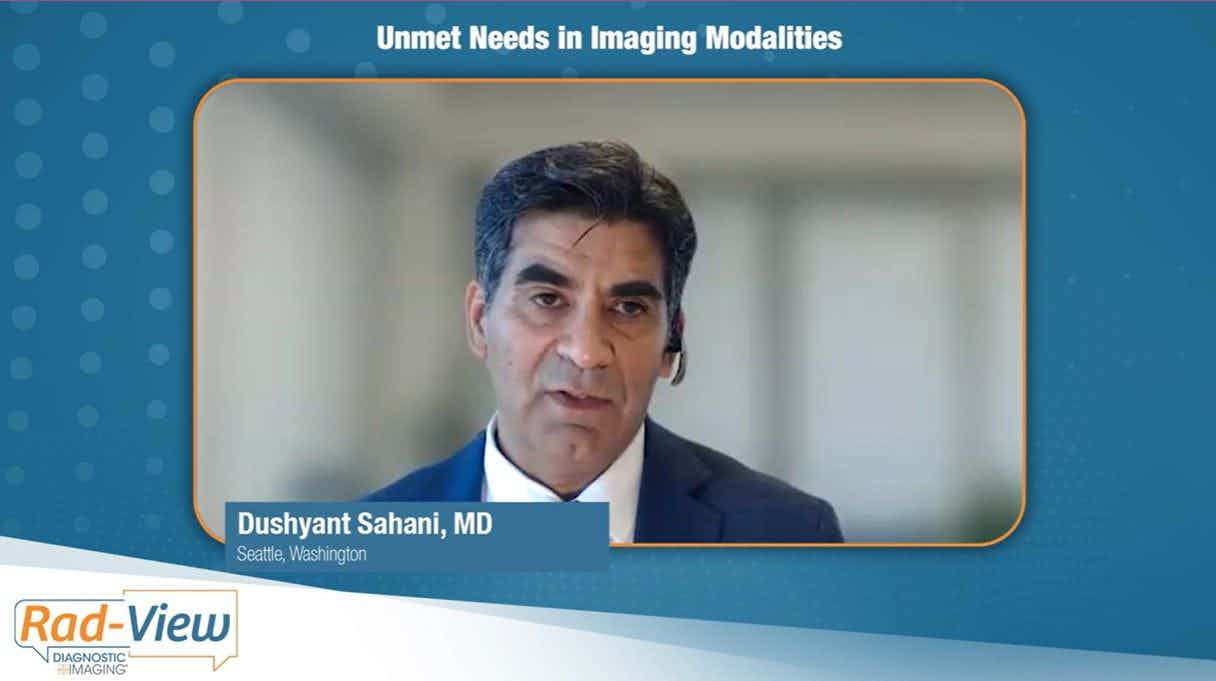Standardized CT Procedure Names Coming Soon
The RNSA and the Regenstreif Institute are working together to unify CT procedure names, many of which differ Radlex and LOINC terminology.
A collaborative effort between the Radiological Society of North America (RNSA) and the Regenstreif Institute Inc. will result in standardized radiology procedure names aimed at improving quality, consistency, and interoperability, according to the two organizations.
The RSNA owns and maintains the RadLex medical terminology for radiology and the Regenstrief Institute owns and maintains the Logical Observational Identifiers Names and Codes (LOINC), which is the terminology standard for medical tests and measurements. Both share the National Institute of Biomedical Imaging and Bioengineering Award and are collaborating on an 18-month contract during which they will unify the names for CT procedures.
Both groups currently may have different terminology for the same procedure. For example, one may call a procedure a thorax CT angiogram, while the other may refer to it as a chest CTA scan. These discrepancies may make it difficult to record and transfer information accurately, and could affect patient care.
The unification effort will be led by Curtis Langlotz, MD, of the University of Pennsylvania and Daniel Rubin, MD, of Stanford University, who have chaired the RSNA RadLex committees; and by Daniel Vreeman, DPT, of the Regenstrief Institute and Indiana University School of Medicine, who directs the development of LOINC.
“We welcome this opportunity to develop a common terminology for radiology procedure names and a single governance structure to manage future development," Langlotz said.
The groups believe that the two systems complement each other because although LOINC is a more widely adopted and broader standard that covers tests and measurements in many domains, RadLex has a more detailed information model, tailored for radiology orders and integrates seamlessly with other terms in the RadLex, such as anatomy and visual features.
The standardized naming will facilitate the use of electronic records, national repositories, and radiology reporting applications. Within the unified model being developed under this agreement, LOINC codes will be used as the primary identifiers for radiology procedures, with all attributes of the procedure names being linked to RadLex identifiers.
Study with CT Data Suggests Women with PE Have More Than Triple the One-Year Mortality Rate than Men
April 3rd 2025After a multivariable assessment including age and comorbidities, women with pulmonary embolism (PE) had a 48 percent higher risk of one-year mortality than men with PE, according to a new study involving over 33,000 patients.
The Reading Room: Racial and Ethnic Minorities, Cancer Screenings, and COVID-19
November 3rd 2020In this podcast episode, Dr. Shalom Kalnicki, from Montefiore and Albert Einstein College of Medicine, discusses the disparities minority patients face with cancer screenings and what can be done to increase access during the pandemic.
Predicting Diabetes on CT Scans: What New Research Reveals with Pancreatic Imaging Biomarkers
March 25th 2025Attenuation-based biomarkers on computed tomography (CT) scans demonstrated a 93 percent interclass correlation coefficient (ICC) agreement across three pancreatic segmentation algorithms for predicting diabetes, according to a study involving over 9,700 patients.
Can Photon-Counting CT be an Alternative to MRI for Assessing Liver Fat Fraction?
March 21st 2025Photon-counting CT fat fraction evaluation offered a maximum sensitivity of 81 percent for detecting steatosis and had a 91 percent ICC agreement with MRI proton density fat fraction assessment, according to new prospective research.










